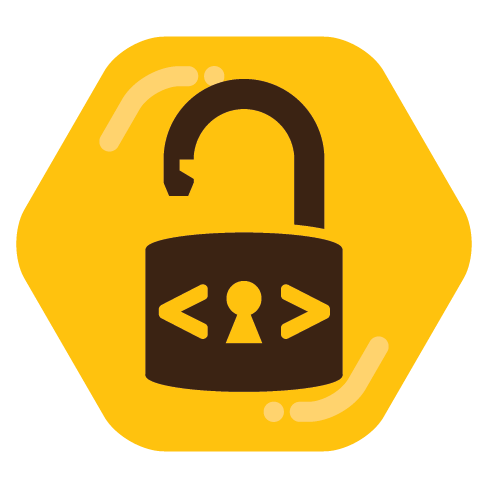

Bcache can’t differentiate between data and metadata on the cache drive (it’s block level caching), so if something happens to a write-back cache device you lose data, and possibly the entire array. I wouldn’t use bcache (or zfs caching) without mirrored devices personally to ensure resiliency of the array. I don’t know if zfs is smarter - presumably is can be because it’s in control of the raw disks, I just didn’t want to deal with modules.





Not sure what you mean by this - Nabu Casa has a Zwave device already called ZWA-2 which is fully supported.